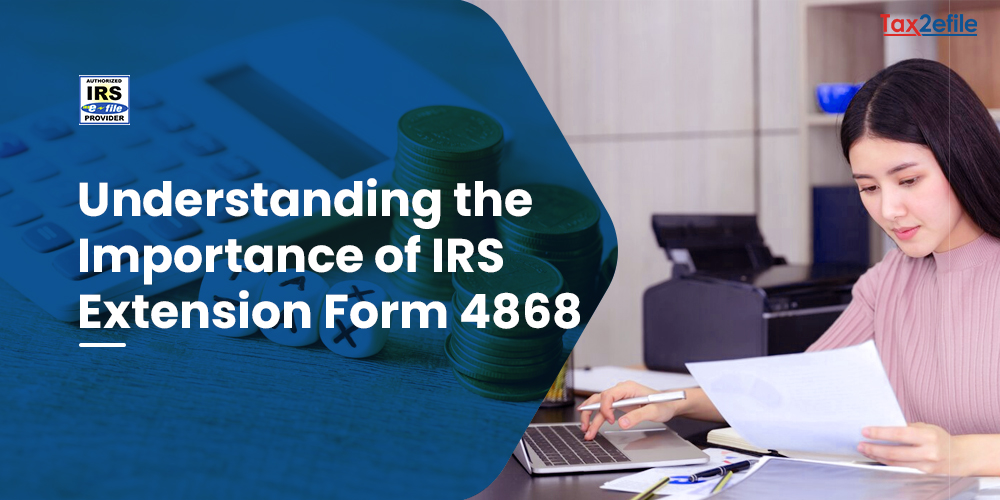- July 23, 2018

As the topic most of the taxpayers doubt what to do after filing the tax extension. After filing the extension, the first thing to do is, to pay the owed taxes to the IRS. The extension is made only for filing the tax returns, not for paying the owed taxes.
When the IRS did not accept the tax extension, then you must file the tax return quickly even though if you cannot afford to pay the taxes that you owe. Check out the below points that guide you through what you must do next. The reason for filing the extension may be, you were not ready with the tax papers to file the tax return or you were not able to pay the tax amount.
What to do after filing an IRS form 4868?
Work on the tax estimates:
When you are not ready to file your tax return, then prepare as much of the return as you can do now. When you are waiting for an information, then make an estimate of it. Check the estimated amounts separately on your return, so you may remember to go back and close later. ‘
Track your tax records:
When you are preparing your tax return, you must keep a notepad or a checklist on your computer regarding the tax returns and the queries you have. When you find the information on the list, check off from the list. Keep notes of certain things like the office details, vacation trip and other related details. When the IRS questions you regarding the return, these notes can help you to explain.
Have your tax documents organized?
Before starting to file the tax documents, remember to arrange them properly so that they are easy to find for later reference. Note down the credit statements and receipts mandatory. Check the tax documents for which the information is already entered on your tax return.
A little preparation now will save you from starting all over when you get back to working on your return.
What to do when you have no funds to pay the taxes?
Short Term Extension to Pay: When you can pay your balance due within 120 days, you may call the IRS whether you can qualify for the short term extension to pay the taxes. When you are approved, you could grow the increase the interest and penalties on the balance and also the application fee for the installment agreement.
Installment Plan: When you owe more than $ 50,000 of tax amount, then you can qualify for an installment program with the IRS. Non –refundable $ 105 fee is applicable and still you can still owe IRS interest and penalties to the IRS for the late payment of the tax amount.
Compromise: This is the last alternative but it is not an option for most of the taxpayers. It may provide you an offer to pay the tax debt lower than the owed amount. This will be approved by the IRS when they believe that the taxpayer will never able to repay the full amount due to the financial circumstances.
What to do if the Tax Extension got rejected?
After April 18th, the IRS will never accept the tax extension requests. When the IRS did not accept the tax extension by April 18th, it is understood that you need to file the tax returns quickly.
The IRS penalty to pay late is 0.5 % of the tax balance due every month, and the penalty for filing late is .5 % of your balance due. Hence in order to avoid the penalties, you must file the tax returns as soon as possible.
When you do not owe any tax amount, you have no penalties for late filing. As the penalties are the percentage of the tax amount that you owe. But when you file late, you will also get the refund later if any.
When you owe tax to the IRS, the IRS penalties and interests will increase after April 18th. One of the heaviest penalties is for late filing, hence you must file the tax return as soon as possible even though if you cannot pay the owed tax amount.


